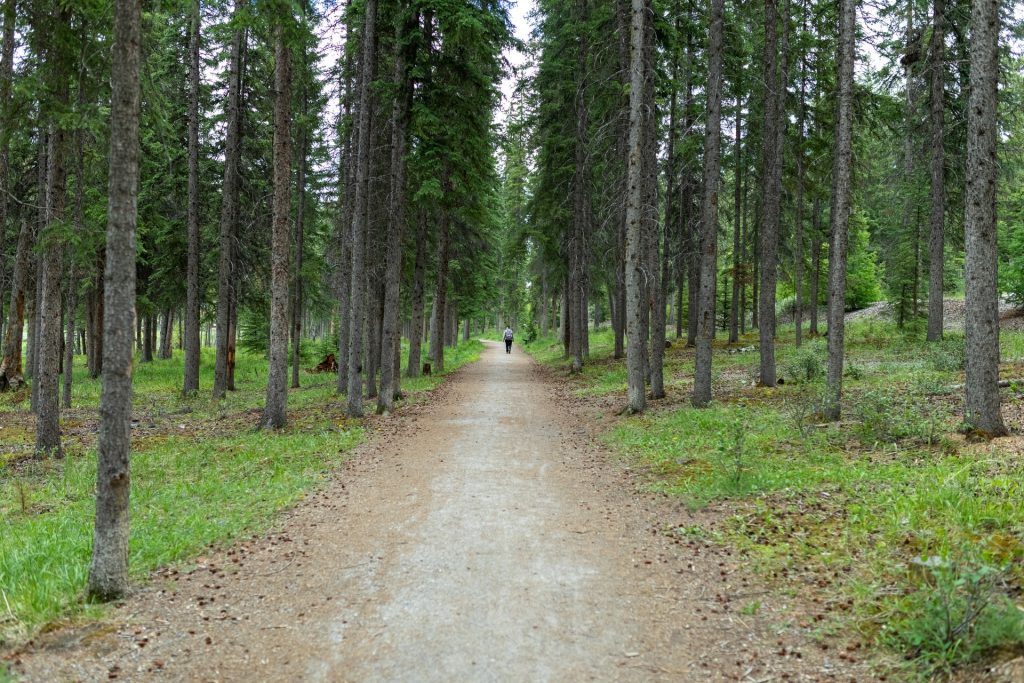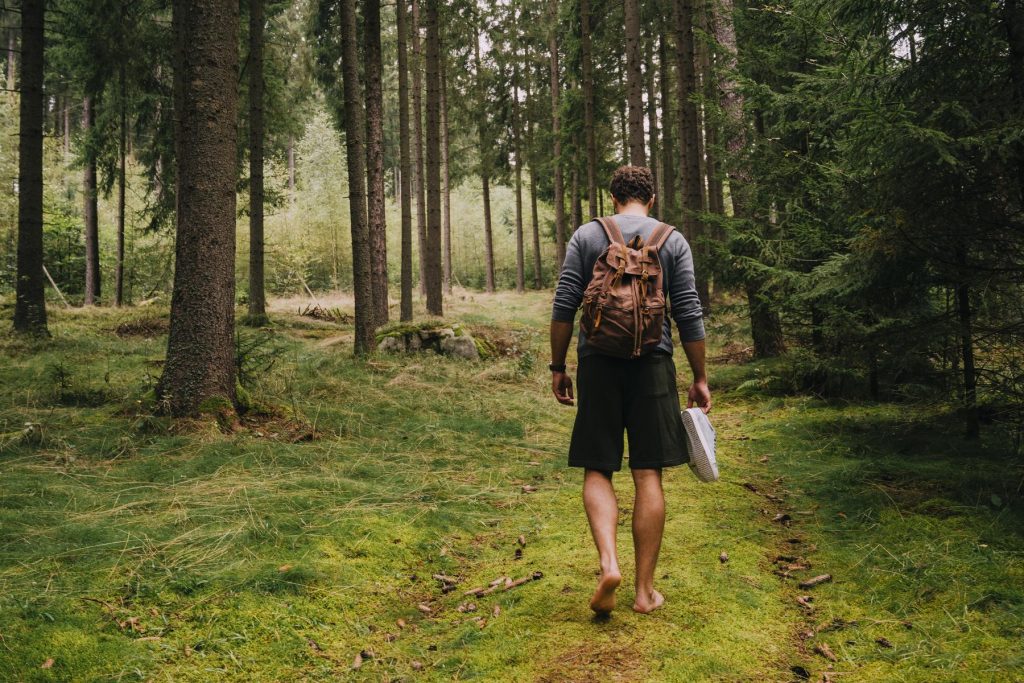…or is it? When this question came up in the last meeting of our editorial team, opinions were divided. Reason enough for us to get to the bottom of the matter and take a closer look at the terminology.
The definition
If one searches for definitions of the two terms, one initially encounters all kinds of answers that are not very uniform.
Probably the most widespread definition for walking is that of the German Hiking Association’s 2010 walking study, according to which a walk is considered such if the walking time is more than one hour. Logical conclusion: a walk is anything under an hour of walking.
Seen in this light, however, quite a few of my walks were actually hikes…
Still other explanations, in their attempts at a definition, also take into account the planning, equipment, and preparation for a route. A walk requires no minimal planning, equipment, and preparation. Whereas in a hike, we already think carefully about the route. We plan stages, shoulder the hiking backpack, take provisions, make sure we have the right footwear, rain gear, first aid kit, and and and.
With this addition, we come more to my previous understanding of hikes…


What really matters
What is striking about the definitions is that there is never any mention of steepness, fitness level, degree of alpinism, or anything else. And that brings us to a very important point: looking at what hiking and walking have in common, as opposed to what they have in common.

Both activities involve moving at a moderate pace, outdoors, on foot, and mostly in nature (or at least that’s where it’s nicest to pursue the activity). Perhaps it is not so important to distinguish between the two – there are always many benefits to moving around in the fresh air:
- Experience of nature and stress relief: if you choose a route in nature, away from noise and bustle, you literally let your mind wander and find inner peace.
- Good training for basic endurance – slow pace and low heart rate while hiking and walking make it possible.
Strengthening the heart muscle: Like any endurance sport, hiking and walking help strengthen and protect the cardiovascular system. - Muscle training for legs, trunk, and arms. Walking downhill also works the buttocks.
- Strengthening the foot muscles: If you want to go one step further, take off your shoes and walk barefoot for part of the way. This trains coordination and balance.
So we advocate less “higher, faster, further” and more “just get out“! Because the benefits for the body and mind are not to be underestimated, even at moderate intensity.

Tips
Whether we hike or walk, whether we stay on the flat or venture into mountainous terrain – we want to give you a few practical tips along the way:
- After half an hour of walking, lace up the shoes. In this way, you avoid loose footing caused by warm and expanding feet.
- If you walk with poles, you can relieve the leg muscles. Especially when walking downhill, you also save knee and ankle joints. Walking upright also improves lung ventilation.
- Don’t always think about the way back and manage your strength well
- By wearing compression socks foot and leg muscles tire less quickly

- For muscle relaxation, a sauna session afterward is a boon. Light swimming also loosens the muscles. Rolling out the soles of the feet on a tennis ball or a thin fascia roller is also beneficial.
More on the topic
Even if we couldn’t quite answer the original question from our meeting, the enthusiasm for hiking and walking has definitely been reawakened and we’re looking forward to balmy temperatures where exercise outside is even more fun.
We present the most beautiful hiking routes in Austria in our Wanderful Life series. Our backpack guide will help you choose the right hiking backpack.
Who goes into the mountain country should also be aware of the common etiquette on the mountain.
We hope you enjoy reading and hiking! And walking!
And strolling, hiking, strolling, trekking … 😉






